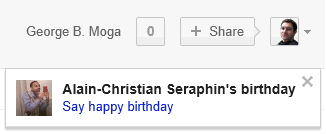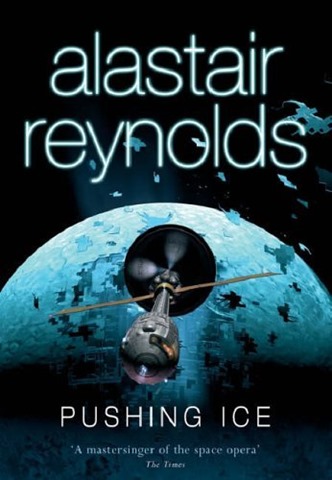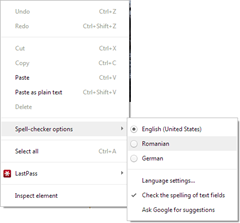 After a longer-than-usual cycle of two months – no doubt due to the joint Christmas and New Year holidays – Chrome 26 has graduated from the dev channel. The first major change users will notice is a drastic change in the look of menus, from the system menu to context menus. Chrome is replacing all native-style menus with a design more reminiscent of the web and Google+, with bigger text and lots of whitespace. Overall I like the idea of unifying the design across platforms – it resembles the iOS version a little better as well – but on the other hand it will start looking different from all the other software on the respective OS’ – foreign even – and the design consistency inside Chrome is broken as well: tabs, controls and scrollbars are styled like the OS, while the menus (and increasingly dialog boxes) look like they come from a web app. Also the new menus are too big, almost too big to fit inside a lower resolution screen. The malware landing page received a similar redesign in the Google+ style.
After a longer-than-usual cycle of two months – no doubt due to the joint Christmas and New Year holidays – Chrome 26 has graduated from the dev channel. The first major change users will notice is a drastic change in the look of menus, from the system menu to context menus. Chrome is replacing all native-style menus with a design more reminiscent of the web and Google+, with bigger text and lots of whitespace. Overall I like the idea of unifying the design across platforms – it resembles the iOS version a little better as well – but on the other hand it will start looking different from all the other software on the respective OS’ – foreign even – and the design consistency inside Chrome is broken as well: tabs, controls and scrollbars are styled like the OS, while the menus (and increasingly dialog boxes) look like they come from a web app. Also the new menus are too big, almost too big to fit inside a lower resolution screen. The malware landing page received a similar redesign in the Google+ style.
There are a couple of updates related to WebRTC, a standard for Internet communication supported by both Google and Mozilla. Starting with this version there will be an indicator in the Omnibox whenever a website request access to your local camera and microphone. From there you can allow or deny access; this control is also available in the Chrome settings, Content section. Chrome also introduced a new internal page, chrome://webrtc-internals, where you can track the active connections through WebRTC.
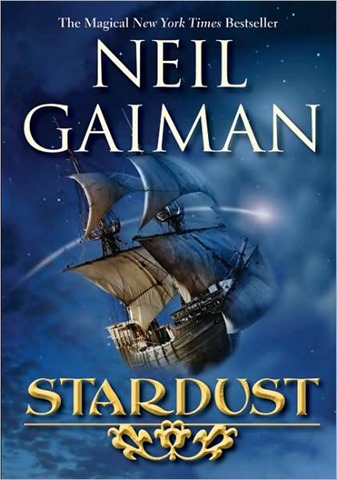

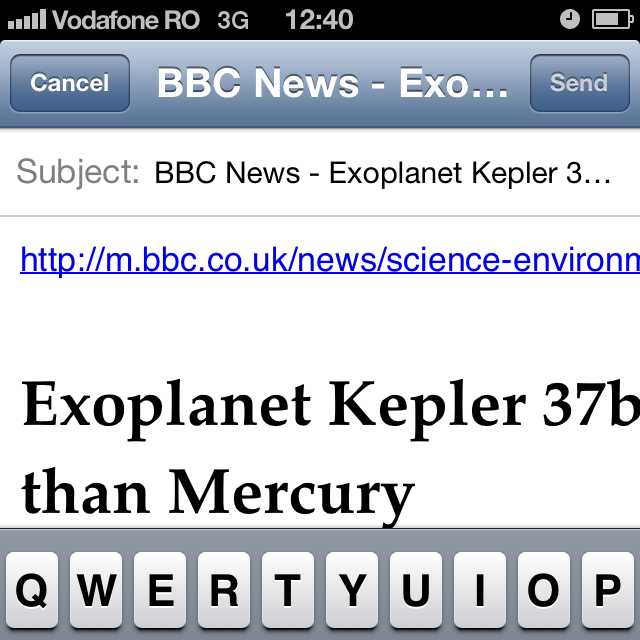
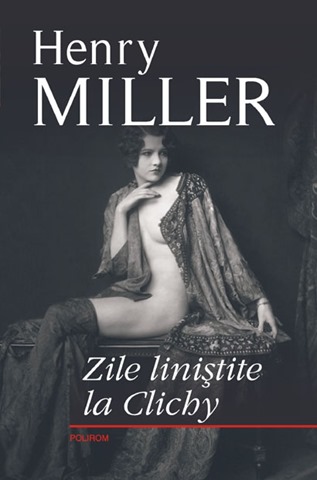
 After enabling users to
After enabling users to 